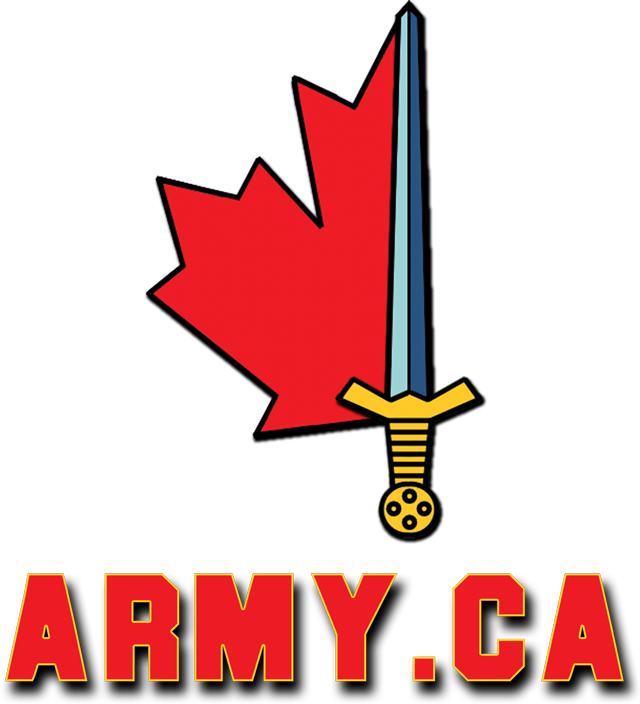Ships are mobile islands that allow a nation to create sovereign havens where the government of the day sees fit.
It doesn't matter the size of the ship or the size of the crew it is still sovereign territory. Those islands are agents of influence for the government both at home and abroad. Not all of those islands need to be in high threat environments all the time. Often vessels are required in places like the Horn of Africa, the Straits of Malacca and the Caribbean where risks are not much more elevated than they would be in Canada's EEZ.
Jackie Fisher described the Army as just another projectile to be launched by the Navy.
With that in mind I compiled the following list of projectiles available to Canada, either in the current inventory or at reasonable cost, that can be launched from vessels in the 2000 to 6000 tonne displacement range. In other words affordable vessels, not Big Honking Ships, although they would be nice. That range includes River, Rasmussen and Holland class OPVs as well as Absolons and Endurance class support ships. It also includes FREMMs, MEKOs, Huitfeldts, Nansens, 7 Provinces and many similar vessels.
The List:
Air Assets
CH-147 13 tonnes
CH-149 11 tonnes
CH-148 8 tonnes
CH-146 4 tonnes
MQ-8C 2 tonnes
MQ-8B 1 tonne
ScanEagle 18 kg
Harpoon ER 700 kg
SM2 700 kg
ESSM 300 kg
Hellfire 50 kg
Griffin 20 kg
APKWS II 20 kg
76mm 5 kg
57mm 2 kg
35mm 1 kg
25mm 500 g
20mm 100 g
12.7mm 50 g
7.62mm 10 g
Sea Assets
LCVP MkV(c) 16 tonnes
Strb90H 15 tonnes
LCP 7 tonnes
ISE Theseus 9 tonnes
RMMV 7 tonnes
ISE Arctic Exp 2 tonnes
Mk48 ADCAP 2 tonnes
CAPTOR 1 tonne
Mk46 Torp 230 kg
Seaspider ATT ----
Land Assets
Soldiers 100 kg
Vehicles......
In addition the islands carry surveillance gear (as do many of the projectiles)
Dutch OPVs contribute to their Recognized Maritime Picture with the Thales IM-400 Mast with an AESA 3D Volume Search Radar, a Surface Search Radar, and EO Surveillance, tracking and fire control system. Sonars are ubiquitous.
More islands equals a more comprehensive picture and more havens and more launch points. The minimum requirement is a deck on which a CH-147 can land and refuel and a hull capable of launching a 10 to 20 tonne vessel over the side or off the stern.
Not all islands need to have all the projectiles all the time. All islands should travel in company and be appropriately equipped for the threat.
I am a fan of minimal crewing - ...... (Edit - to eliminate a weak digression that did nothing to serve the argument - Thanks OGBD

)
....Today I would argue that there is
even less call for large complements (than in earlier days).
A large vessel with a small crew of twenty or so can supply a mobile sovereign haven on which a CH-147 can light and which can man the onboard sensors.
A similar sized weapons det (Absolon uses about 20 to 25 and the Rheinmetall shorebased Skyshield system uses even fewer) supplies self defence.
20 for an Air det to launch and recover the host of helos and UAVs
20 for a deck det to launch and recover sea assets and handle RAS duties.
20 to supply "hotel" services.
Beyond that the complement becomes "projectiles".
I would argue that a large fleet of "value-priced" hulls that require minimal manning and that can be up-gunned and up-manned as national circumstances demand is both more cost effective and useful and than a small fleet of tailored vessels crammed to the gunwales with every available AB the RCN is permitted to hire.
Those hulls could either be large OPVs that can be upgunned for higher intensity conflicts and/or Frigates that can be degunned for lower intensity "constabulary" work.
One other point - not all projectiles have to have lethal effect to be effective agents of influence. Survey work, logistics, humanitarian assistance and maintaining free passage - as well as maintaining law and order - all serve to establish a nation's rights and ability to operate freely broadly.


 )
) 